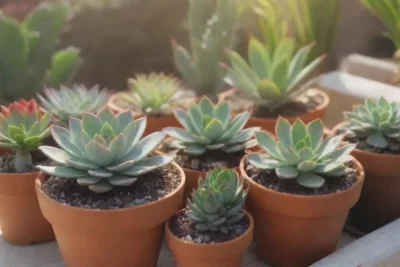
The Ultimate Guide to Succulent Temperature Preferences
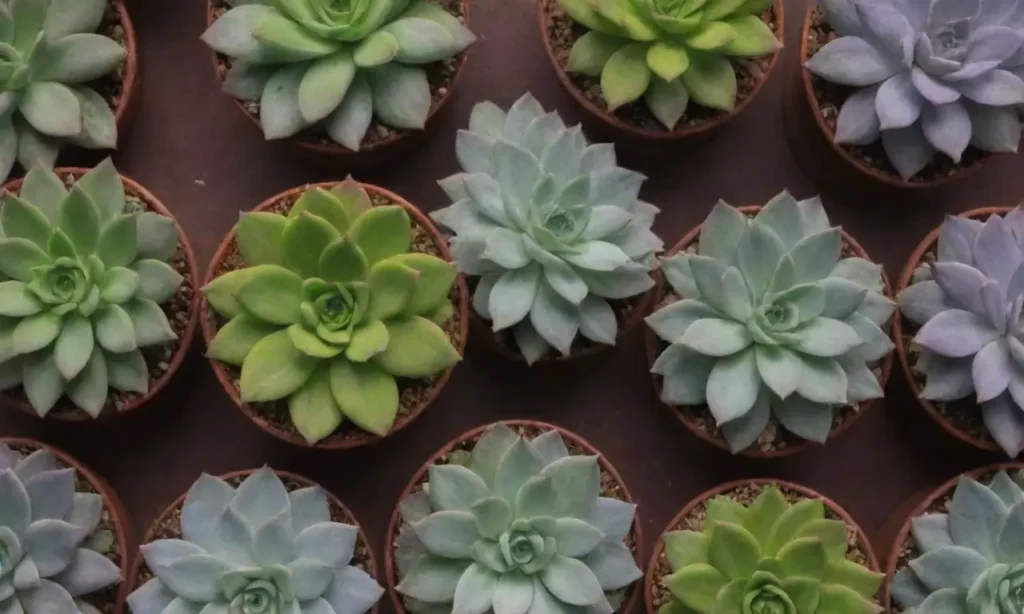
Introduction
Succulents have gained immense popularity among plant enthusiasts and casual gardeners alike. These unique plants, known for their fleshy leaves and stems, have adapted to survive in some of the harshest climates on Earth. An understanding of their temperature preferences is crucial for ensuring their health and longevity.
In this article, we will delve into the various factors that influence succulent temperature preferences, offer insights into how temperature fluctuations affect their growth, and share practical tips for maintaining the ideal environment for these resilient plants. By the end, you will have a comprehensive understanding of what your succulents need to thrive.
Understanding the Natural Habitat of Succulents
The native environments of succulents play an essential role in understanding their temperature preferences. Most succulents originate from arid or semi-arid regions, where temperatures can fluctuate drastically between day and night. For instance, in deserts, daytime temperatures can soar to over 100°F (38°C), while nighttime temperatures may drop to around 40°F (4°C).
Ideal Temperature Ranges for Succulents
To replicate their natural habitats, it is imperative to provide succulents with a temperature range that mimics these fluctuations. Generally, succulents prefer a daytime temperature of 70°F to 85°F (21°C to 29°C) and a nighttime temperature that can drop to 50°F to 60°F (10°C to 15°C). These ranges are essential for photosynthesis and growth, as succulents are adapted to utilize sunlight effectively during the day.
Moreover, it is important to note that different species may have varying preferences. For instance, Echeveria and Aloe Vera thrive best in slightly warmer conditions compared to others like Haworthia which can tolerate cooler temperatures. Understanding your specific succulent species will help you cater to its specific needs and ensure optimal growth.
Effects of High and Low Temperatures
Understanding how extreme temperatures can impact succulents is crucial. When succulents are exposed to excessive heat, they can suffer from dehydration and sunburn, leading to damage or even death of the plant. Signs of heat stress include wilting, discoloration (often turning pale or brown), and in severe cases, leaf dropping.
Conversely, succulents subjected to low temperatures can experience stunted growth. Prolonged exposure to freezing temperatures below 32°F (0°C) can cause the plant's cells to rupture, leading to irreversible damage. Symptoms of cold stress include mushy or translucent leaves and softer stems that may feel squishy when touched.
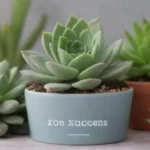 What Temperature is Too Cold for Succulents? Important Insights
What Temperature is Too Cold for Succulents? Important InsightsTemperature Management Techniques
Successfully managing the temperature for your succulents requires proactive steps, especially if you live in regions that experience extreme weather conditions.
Indoor Temperature Control
If you are growing succulents indoors, consider using a thermometer to maintain an appropriate temperature. It is recommended to keep succulents near windows that receive bright indirect light, but be cautious of exposing them during extreme heat where air conditioning might be necessary. In cooler months, using grow lights can provide the additional warmth they might need while also supplementing natural light.
Another effective way to maintain a balanced temperature indoors is through using humidity control devices. Many indoor plants, including succulents, thrive in a slightly dry environment, and ensuring good airflow around your plants will keep the temperature stable while helping to avoid excessive moisture that can lead to rot.
Outdoor Temperature Management
For outdoor succulent gardens, the sun can be both a friend and a foe. During summer, sunscreens, shade cloths, or garden structures can provide relief during peak heat hours, preventing damage from direct sunlight. It’s best to place outdoor succulents in locations that enjoy morning sunlight and afternoon shade.
As the colder months approach, consider adopting protective measures like moving pots indoors, wrapping planters with insulation materials, or using frost covers to guard against unexpected cold snaps. It’s essential to monitor nighttime temperatures and react accordingly.
Seasonal Changes and Adaptation
As the seasons change, so do the temperature needs of succulents. In the spring and summer, many varieties will need warmer temperatures and increased sunlight exposure to encourage growth. On the other hand, the fall and winter months call for a more dormant state, where succulents require cooler temperatures and reduced watering—often referred to as "winter dormancy".
Keeping this seasonal distinction in mind is crucial, as succulents are biologically programmed to respond to these changes. Adjusting your care accordingly—with light levels, humidity, and even nutrient supply—will vastly improve overall plant health.
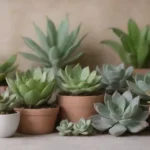 Chilling Out: Succulents That Thrive in Cooler Temperatures
Chilling Out: Succulents That Thrive in Cooler TemperaturesSeasonal Behavior of Succulents
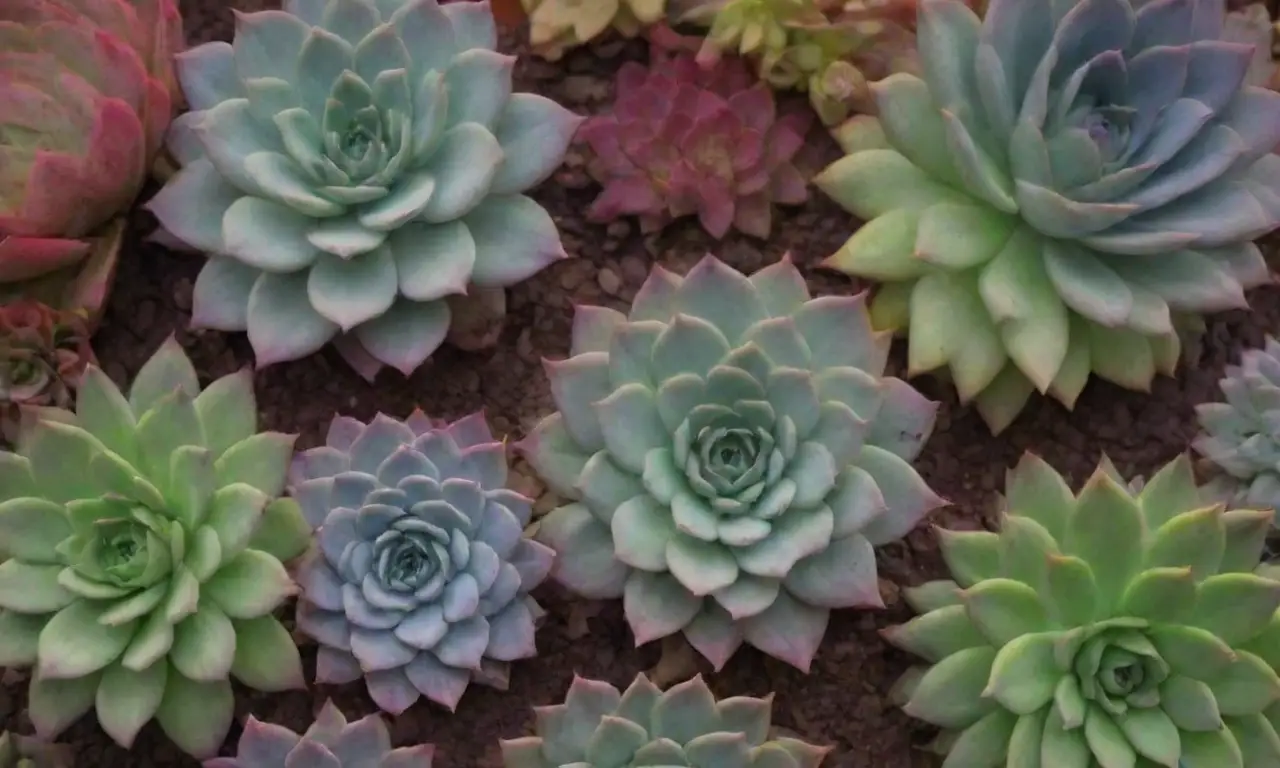
Understanding the seasonal behavior of succulents can enhance your gardening experience and ensure your plants continue to prosper year after year.
How Temperature Affects Growth Patterns
During the growing season (typically spring and summer), succulents enter a phase of increased activity. Optimal temperatures, coupled with an ample amount of light, encourage new growth, resulting in lush and vibrant foliage. This is the time to consider fertilizer application and an increase in watering, as plants will use more water to support their expanded growth.
As temperatures drop in fall and winter, succulents begin their dormant period, during which growth significantly slows or may even stop altogether. It’s essential to reduce watering during this time to avoid root rot, as the cold soil remains wet longer. Adjusting your care routine to account for these seasonal changes can prevent shock and encourage a smooth transition into spring.
Temperature Tolerance Among Popular Succulent Varieties
While most succulents share similarities in temperature preferences, it is insightful to learn about particular varieties and their specific tolerances.
Jade Plant (Crassula ovata): This popular succulent thrives in warm temperatures but can tolerate temperatures as low as 50°F (10°C). Ideal growing temperatures hover between 65°F to 75°F (18°C to 24°C).
Sedum: Generally very adaptable, sedums can withstand temperature variations from 20°F (-6°C) in winter to over 100°F (38°C) during summer.
 Choosing the Right Location Based on Succulent Temperature Needs
Choosing the Right Location Based on Succulent Temperature NeedsAgave: Known for their hardiness, most agave plants can survive in extreme heat, but vigorous specimens generally prefer temperatures between 70°F to 90°F (21°C to 32°C).
Understanding these distinctions assists in selecting which succulent varieties can thrive best within your specific temperature conditions and helps tailor your care routines accordingly.
Conclusion
In conclusion, having a comprehensive understanding of succulent temperature preferences is vital to ensuring their health and vibrancy throughout the seasons. By recognizing the natural habitats of succulents and adapting their care to reflect these environments, you can create ideal conditions that nurture these unique plants.
Remember to be mindful of the seasonal changes and the specific requirements of different species, as this knowledge can make or break your gardening success. Keep your indoor and outdoor spaces well-managed and employ techniques to mitigate the extremes of temperature.
With the right approach, you will not only enhance your gardening experience but will also enjoy a collection of flourishing and healthy succulents that serve as a testament to your diligent care. Happy gardening!
If you want to read more articles similar to The Ultimate Guide to Succulent Temperature Preferences, you can visit the Temperature Tolerance category.

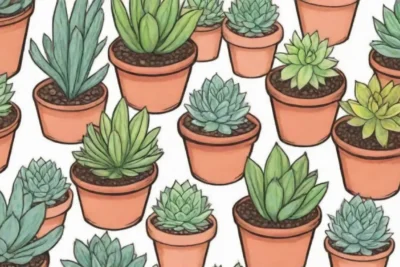
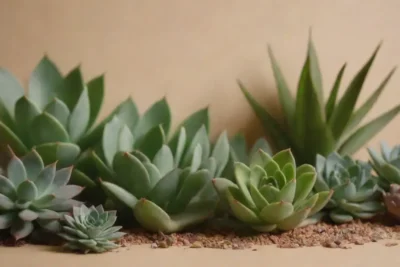
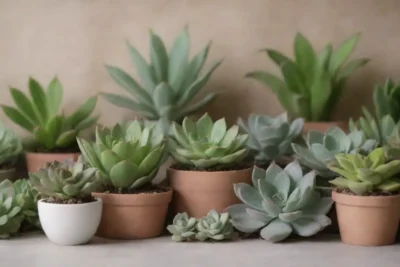
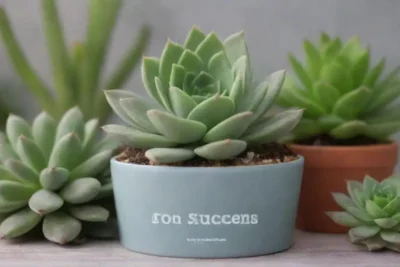
You Must Read